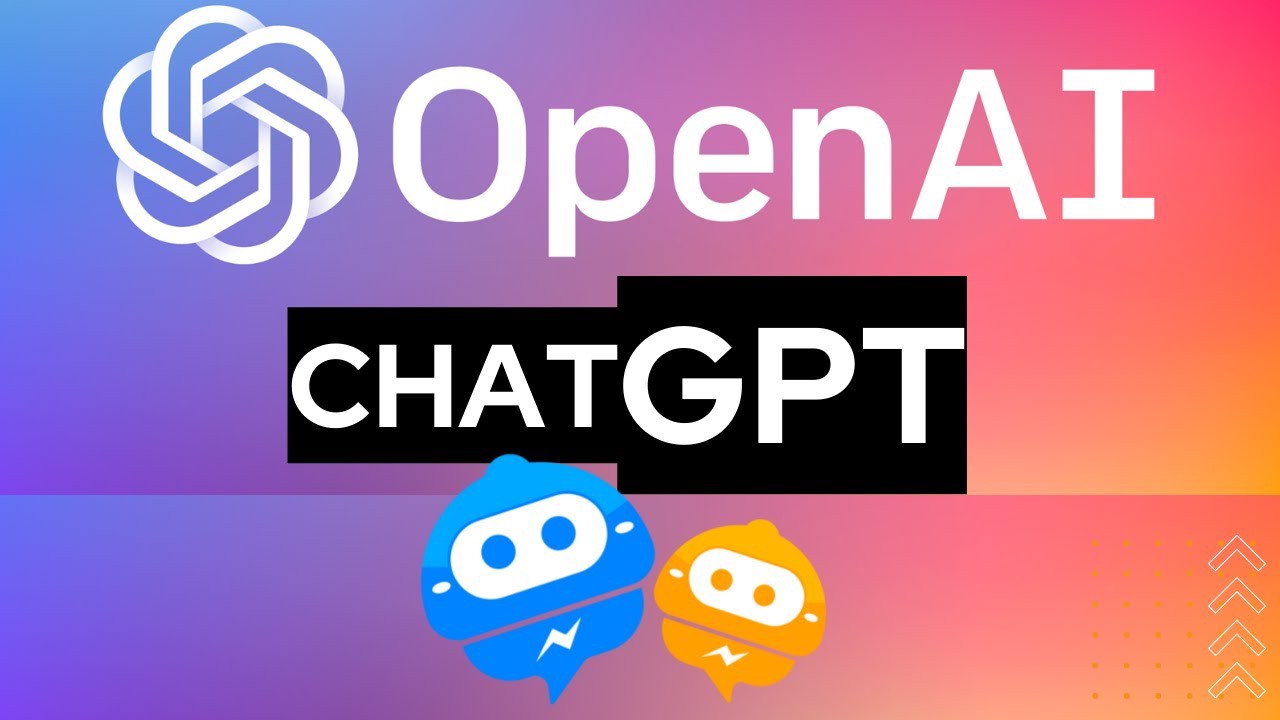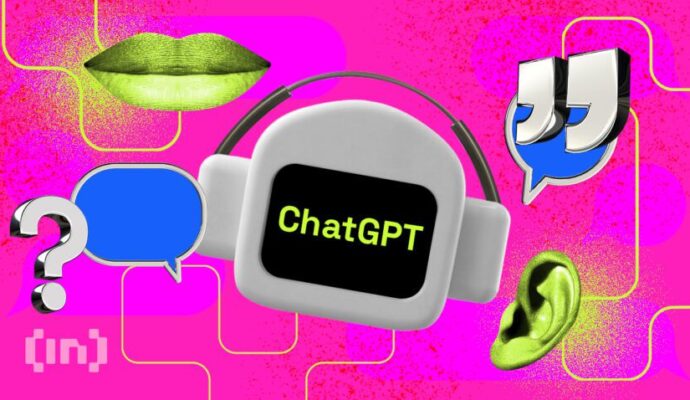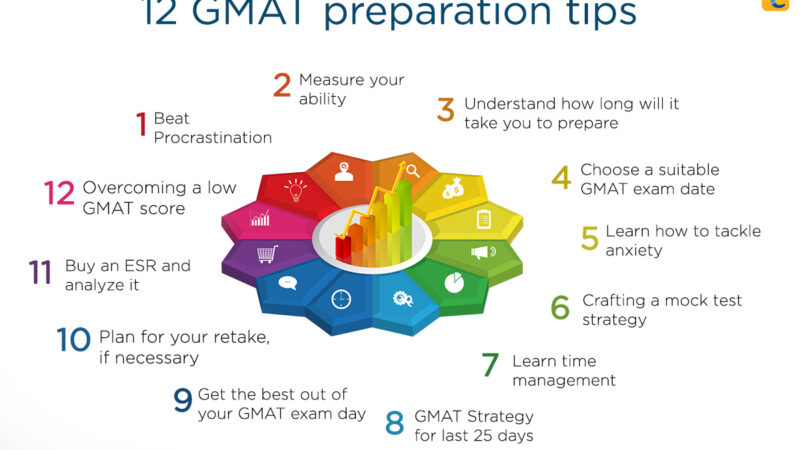With LAMDA power, Google’s Bard Takes on ChatGPT

When you think of ChatGPT, you probably think of humorous characters that are programmed to sound like humans. But Google’s new LAMDA artificial intelligence (AI) powered bot has a different goal to help humans. Users learn English language skills. The project is one of many initiatives from the search giant’s AI research division DeepMind. Which have been deployed in schools and hospitals around the world since launching in 2014.
Google’s Bard
Google’s Bard is a chatbot that uses AI to help people find information. It can be accessed through Google Assistant on Android and iOS devices, with English and Spanish versions available in addition to the original U.S.-only release on Google Home speakers.
Bard is one of Google’s many efforts in its quest to make sure you never have to go anywhere else for search result information or product recommendations–it’s essentially a menu-driven interface for online services like Wikipedia or Bing (which are also available via voice commands).

ChatGPT, the leading provider of chatbot services for the enterprise
ChatGPT, the leading provider of chatbot services for the enterprise. They provide a range of chatbot services, including chatbots for sales and marketing, customer service and IT.
They have over 20 years of experience in the field and they’ve worked with some of the most prestigious companies in the world like Google or Apple.
They also have a team of experts at their disposal, who can design and create your chatbot from scratch. They have developed hundreds of chatbots for clients around the world and they know exactly what it takes to build something that will fit your needs perfectly.
Why is there a need for Bards?
In the future, chatbots will be able to interact with humans in a more natural way. They’re a step towards AI and the future of computing.
Bards can understand human language, which means that they can respond to queries like “how are you” or “where are you from”. They can also make suggestions based on what you’ve said before–for example, if someone asks how much time it takes to get from A to B, Bard may tell them the answer based on their previous experience with driving there.
In the future, AI will be able to speak to us like humans.
As we’ve seen in the world of voice assistants, Siri and Alexa, AI is becoming better at understanding human language. The more it learns about us, the more natural and intuitive our interactions with machines will be. Eventually, this means that we’ll be able to talk back to our phones just like we do with each other: “Hey Google!”
But can AI really speak? Can it understand emotion?
Google’s AI-powered chatbot
Google’s AI-powered chatbot, Bard, is available on the Google Assistant. It can help you find information and complete tasks related to your company or personal life. For example, if you want to schedule a meeting with your boss at work (or get an update on his schedule), Bard will have all the information needed at hand.
The best part? You don’t have to know how to use this type of technology! Just ask: “Bard, what time does my boss go into his office?” And voila! Your answer will be ready in two seconds flat!
Conclusion
So, the future looks bright for chatbots. But we should remember that no matter how much humans love them, chatbots will never be able to replace real people. We need to remember that we’re talking with each other and not machines – so let’s give them some respect!



